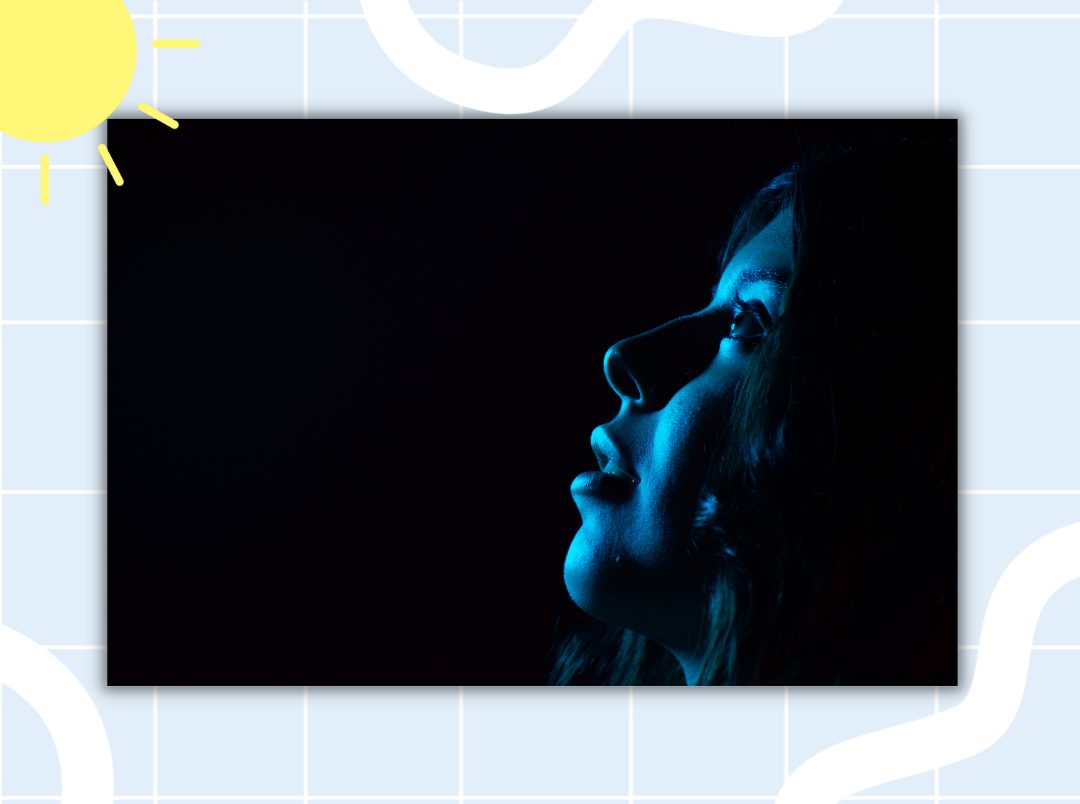
Earlier, it was believed that most skin issues concerning signs of ageing and skin cancer were caused by the sun’s harmful UVA and UVB radiation. However, scientists have discovered during the last decade that these may not be the only visible light rays to be concerned about. Blue light, which is released by both the sun and digital devices, may be harming your skin’s health and how. Here’s a lowdown on what blue-light damage really is and how it’s different from sun damage.
What Is Blue Light, Exactly?
Blue light is an element of the visible light spectrum (380 to 500 nanometers) found in sunlight, but it is also emitted by interior lighting and common electronic gadgets such as computer screens and phones. Although blue light is thought to penetrate deeper into the skin than UV light, it is not linked to the development of skin cancer. The amount of blue light released by smartphones is “just a fraction” of that emitted by the sun, but the problem is that we constantly spend time on, carrying around, and keeping these devices close to our face and head.
Here’s How To Protect Your Skin From Blue Light
The easiest answer is to spend less time staring at screens. However, many people, particularly those with computer-based employment, do not have that option.
Some other suggestions include:
- Wear blue-light-blocking glasses to safeguard your eyes and the delicate skin around them.
- Keep your smartphones on night mode at all times to limit blue light emittance in favour of milder yellow or orange light. You might also get a blue light shield for your PC.
- Wear SPF every day. Because the sun is the most significant source of light and radiation, sunscreen is your best defence against photoaging and skin damage.
- Tinted sunscreens may provide additional protection since they frequently contain iron oxides, which broaden the spectrum of light filtered.
- You can also try the anti-blue-light skin care packed with essential ingredients that promise to protect and, eventually, reverse any damage caused by blue light
What Is Sun Damage?
How does it look like? Sun damage is caused by exposing your skin to the sun (directly or indirectly). And if you believe sitting indoors is the best way to avoid sun damage, girl, you’re wrong!
A suntan is the first indication of sun damage. The immediate symptoms of UV damage include tanning, sunburns, redness, rashes, dryness, and parched skin. Exposure to ultraviolet (UV) radiation causes freckles, pigmentation, lentigo, and photoaging, which causes wrinkles and fine lines owing to skin elasticity loss. If you burn easily in the sun, it’s time to start applying sunscreen right away.
Let’s Conclude: Blue Light Damage Is Way More Harmful Than Sun Damage
Ultraviolet (UV) rays have long been known to prematurely age our skin. UV radiation directly damages the DNA of cells, however blue light kills collagen via oxidative stress. And, according to some scientific evidence, blue light is far more damaging than UV damage. A short, peer-reviewed study published in the Journal of Investigative Dermatology (2010) discovered that blue light exposure causes more pigmentation, redness, and inflammation than comparable levels of UVA rays.
BRB, I’m busy applying SPF to protect my skin from sun damage and blue light damage. What about you?
Featured Image: Instagram
